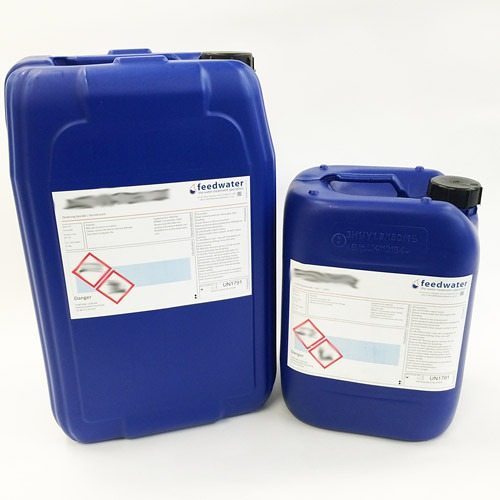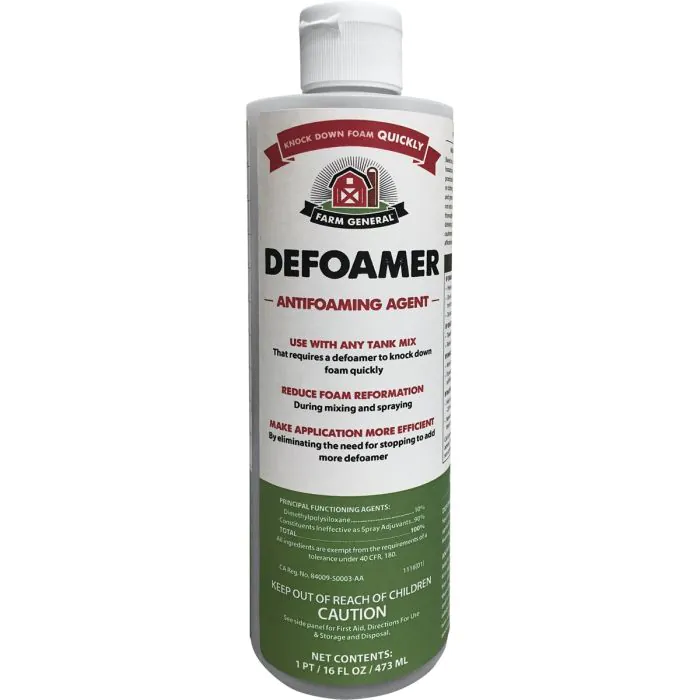The Function of Chemical Defoamer in Wastewater Treatment
The Function of Chemical Defoamer in Wastewater Treatment
Blog Article
Just How a Chemical Defoamer Can Enhance Effectiveness in Your Procedures and Processes
In today's affordable commercial landscape, functional effectiveness is vital, and the function of a chemical defoamer can not be ignored. By attending to foam-related obstacles that interfere with procedures, defoamers not just assist in smoother procedures however likewise contribute to cost savings and enhanced product quality.
Understanding Chemical Defoamers
Chemical defoamers play an essential role in numerous commercial procedures by efficiently protecting against and lowering foam development. Foaming can lead to functional inadequacies, boosted production costs, and compromised item high quality. Defoamers are specialized chemical ingredients developed to interfere with the security of foam bubbles, thus making it possible for smoother processing and boosted efficiency throughout several sectors, consisting of food and beverage, drugs, and wastewater therapy.

These agents usually consist of surfactants, oils, or polymeric substances that lower the surface area tension of the fluid, helping with the collapse of foam. The device through which defoamers operate often entails the destabilization of foam structures, enabling quicker drain of fluid and the release of entraped air. Different solutions are customized to specific applications, thinking about elements such as compatibility with the system, temperature, and the nature of the fluid being treated.
Recognizing the composition and capability of chemical defoamers is important for selecting the proper product for a provided application. By maximizing defoamer selection based on procedure requirements, markets can enhance operational performance, mitigate foam-related difficulties, and inevitably improve general performance.
Benefits of Utilizing Defoamers
Using defoamers can considerably boost operational performance across different markets by successfully alleviating foam-related concerns. The existence of foam can interrupt procedures, leading to boosted downtime, minimized efficiency, and possible top quality degradation in end items. Defoamers aid deal with these difficulties by damaging down foam structures, consequently permitting smoother operations.
Among the main advantages of making use of defoamers is the reduction of waste and revamp. By decreasing foam development, defoamers enhance the uniformity of processes, guaranteeing that materials are used effectively. This not just reduces functional prices yet likewise adds to sustainability initiatives by decreasing source consumption.
In addition, defoamers can improve product high quality. In making settings, excessive foam can bring about inconsistencies in product qualities, influencing client satisfaction. By controlling foam levels, defoamers help maintain the preferred physical residential or commercial properties of items.

Applications in Numerous Industries
The performance of defoamers extends throughout a vast array of markets, where their application addresses certain foam-related obstacles fundamental to every field. In the food and drink industry, defoamers are essential for optimizing production processes, such as developing and milk processing, where excessive foam can impede circulation prices and lower performance. By reducing foam, these agents enhance item high quality and uniformity.
In the chemical production market, defoamers are used in procedures like paint manufacturing and wastewater therapy. Below, they prevent foam development that can hinder mixing and separate go to website phases, thereby improving the overall efficiency and effectiveness of operations.
In pharmaceuticals, defoamers play a vital role in the formulation of liquid medications, ensuring proper dose and security by regulating foam throughout blending and storage. (Chemical Defoamer)
Additionally, in the agricultural sector, defoamers are made use of in chemical solutions to improve application effectiveness and reduce waste.
Selecting the Right Defoamer
Choosing the proper defoamer is crucial for achieving optimum efficiency in different applications. The choice process need to start with a complete understanding of the certain problems available, including the sort of foam existing, the processing conditions, and the chemical compatibility check that with various other formula components.
Defoamers are formulated from a selection of materials, consisting of silicone, mineral oils, and fats. Determining the best composition is crucial, as various materials exhibit differing efficiency in diverse environments. Silicone-based defoamers are usually preferred in high-temperature applications due to their security, while organic defoamers might be much more suitable for water-based systems.
In addition, think about the defoamer's influence on the end product. Some formulations can change the aesthetic or find here practical homes, making it vital to pick a defoamer that satisfies item specifications without jeopardizing high quality.
Evaluating is an additional vital step in choosing a defoamer. Small trials can supply valuable understandings into the defoamer's efficiency, permitting for modifications prior to full-scale application. By meticulously assessing these variables, businesses can improve performance and guarantee that the defoamer successfully meets their functional demands.
Finest Practices for Execution
Carrying out a defoamer efficiently needs mindful planning and adherence to finest methods to optimize its efficiency. Conduct a detailed analysis of the details application and foam characteristics. Comprehending the type and resource of foam will certainly lead the option of one of the most suitable defoamer formulation.
Following, establish the optimal dosage (Chemical Defoamer). Begin with a small-scale trial to figure out the minimal reliable focus, as too much usage can lead to adverse impacts on item top quality or functional performance
Surveillance and readjusting the application approach is crucial; ensure that the defoamer is introduced at the right point at the same time for maximum effect, such as during mixing or instantly after foam formation.

Additionally, preserve clear interaction with all relevant personnel to ensure consistent application methods and to share understandings on performance results.
Conclusion
In conclusion, the use of chemical defoamers plays a pivotal function in improving operational effectiveness throughout diverse markets. Eventually, the consolidation of defoamers right into commercial processes promotes reliability and contributes to overall performance enhancement.

In the food and drink sector, defoamers are important for maximizing production processes, such as developing and milk processing, where too much foam can impede flow prices and minimize effectiveness. Silicone-based defoamers are typically preferred in high-temperature applications due to their stability, while organic defoamers may be a lot more suitable for water-based systems.
Report this page